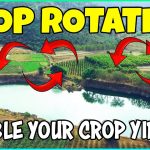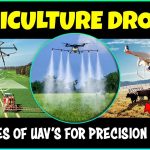Farming is an age-old practice that has evolved over time, adapting to changing needs, resources, and environmental challenges. The diversity of farming types reflects the rich tapestry of agricultural practices worldwide. From producing staple grains to nurturing ornamental plants and raising livestock, the world of agriculture encompasses a wide array of techniques, each tailored to specific purposes. This diversity not only ensures food security but also fosters sustainable resource utilization. In this comprehensive exploration, we delve into the different types of farming and their unique characteristics.
Different Types of Farming
Arable Farming
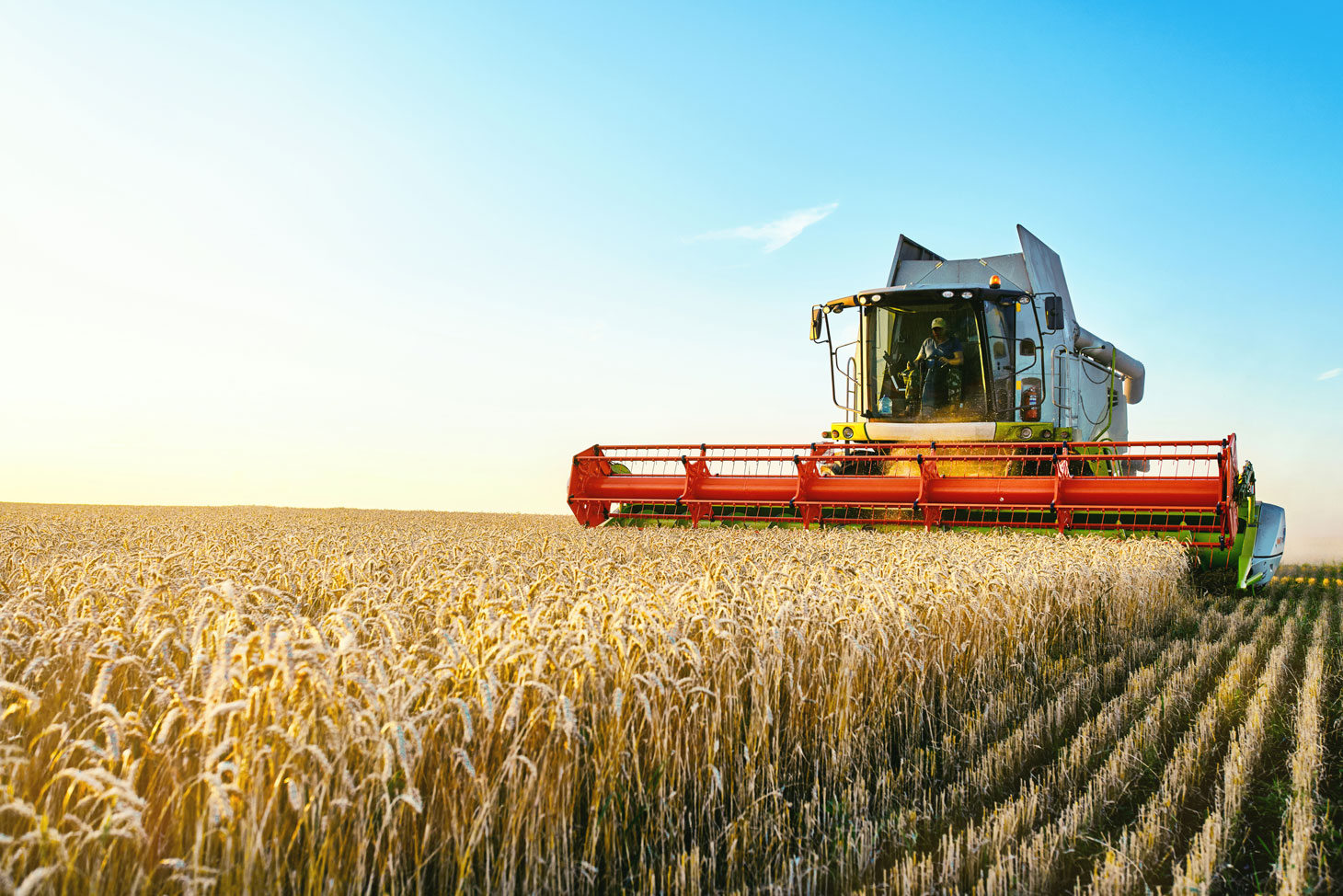
Arable farming forms the backbone of agriculture by focusing on the cultivation of crops like wheat, corn, barley, and rice. These crops are primarily intended for human consumption or as animal feed. Arable farming includes essential activities such as plowing, planting and harvesting.
Horticulture
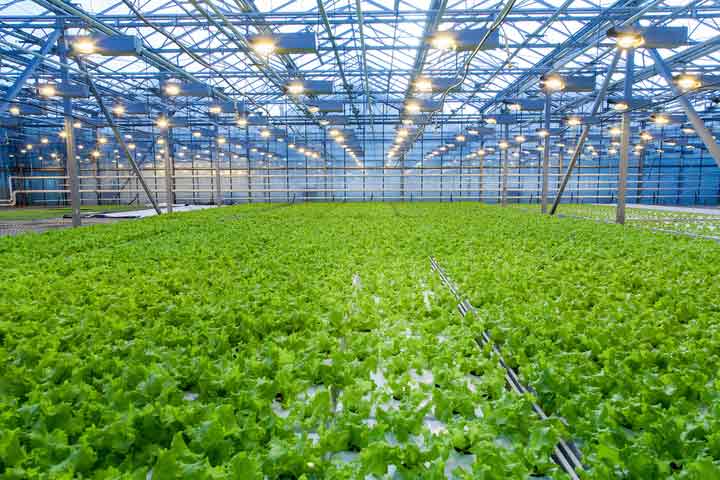
Horticulture specializes in the cultivation of fruits, vegetables and ornamental plants. It encompasses various practices including orchard management, viticulture and floriculture.
Livestock Farming

Livestock farming revolves around raising animals for meat, milk, wool, leather and other by-products. Common livestock include cattle, sheep, goats, pigs and poultry farming.
Aquaculture

Aquaculture or fish farming involves cultivating fish, shrimp and other aquatic organisms in controlled environments like ponds, tanks or cages. It plays a pivotal role in providing seafood for human consumption.
Mixed Farming
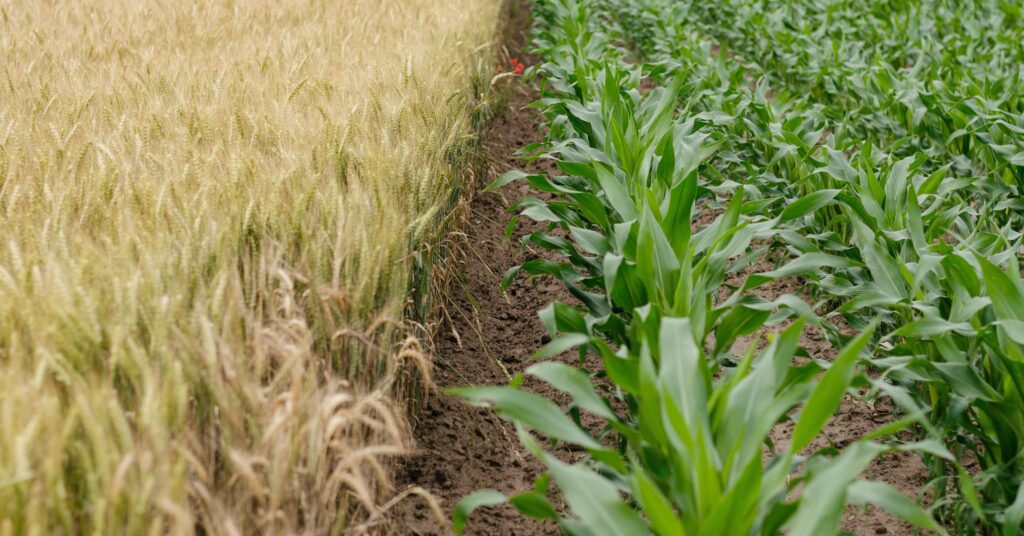
Mixed farming combines crop cultivation and livestock raising on the same farm. This integrated approach fosters resource and nutrient recycling between crops and animals leading to enhanced farm efficiency.
Specialty Crop Farming
Specialty crop farming focuses on high value crops like herbs and spices. These crops often require specialized care and are sold at premium prices.
Organic Farming
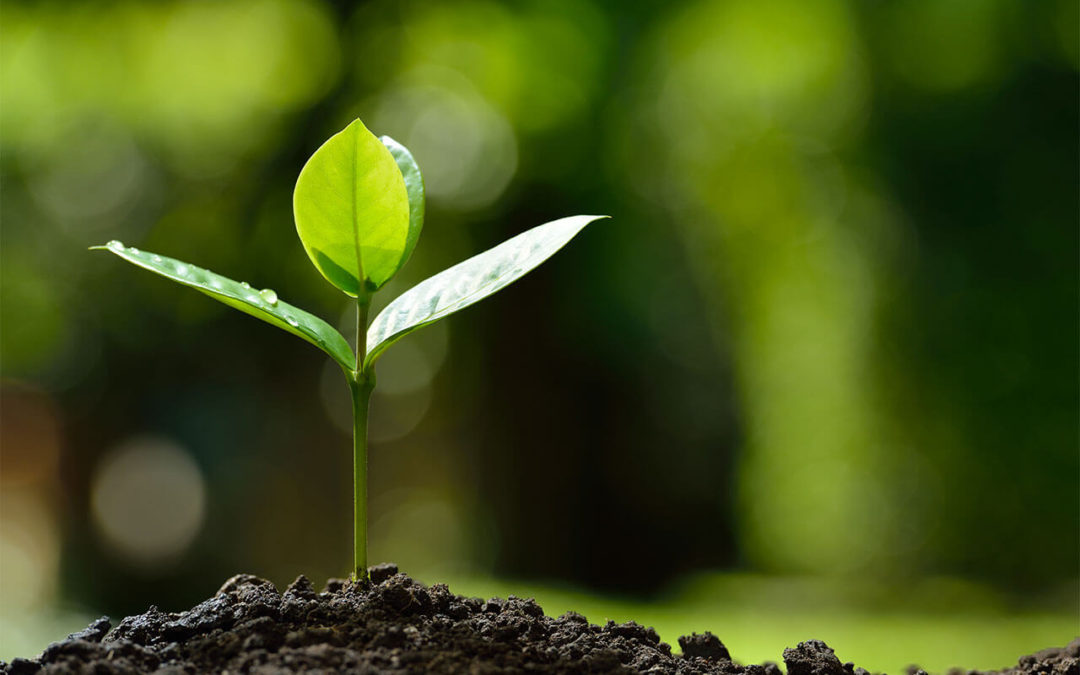
Organic farming emphasizes natural and sustainable practices to grow crops and raise livestock. It avoids synthetic pesticides and fertilizers, prioritizing soil health and biodiversity.
Vertical Farming

Vertical farming is a modern approach that entails growing crops in stacked layers or vertically inclined surfaces in controlled environments like indoor facilities or greenhouses. It maximizes space and reduces water usage.
Hydroponics
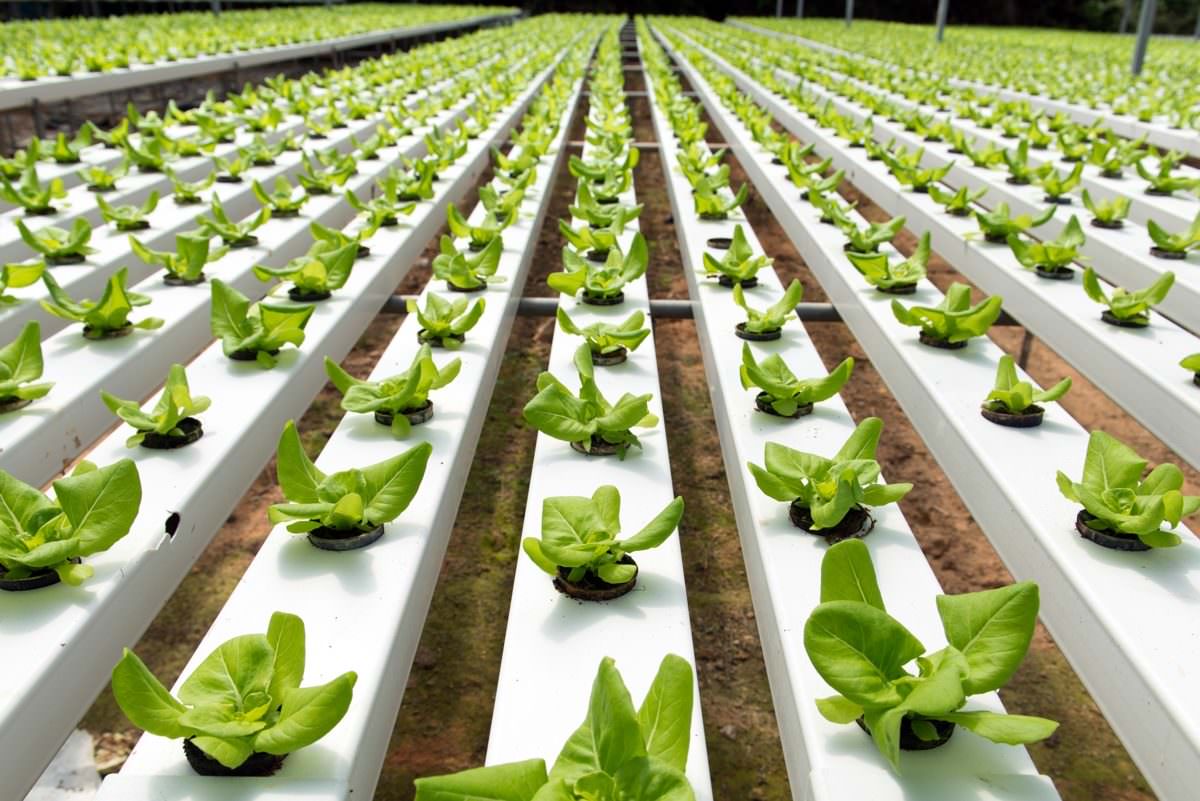
Hydroponics is a soil-less farming method involving the cultivation of plants in nutrient-rich water solutions. It is particularly suited for areas with limited arable land and enables year-round cultivation.
Urban Farming

Urban farming takes place in cities and urban areas, often on rooftops, vacant lots, or community gardens. It aims to provide fresh locally sourced food for urban populations.
Precision farming

Precision farming or smart farming uses technologies such as GPS, sensors and data analytics to optimize farming practices. It enhances efficiency by enabling precise application of inputs like water fertilizers and pesticides.
Agroforestry

Agroforestry combines tree and crop cultivation on the same land, offering multiple benefits, including enhanced biodiversity, improved soil health and diversified income streams.
Permaculture
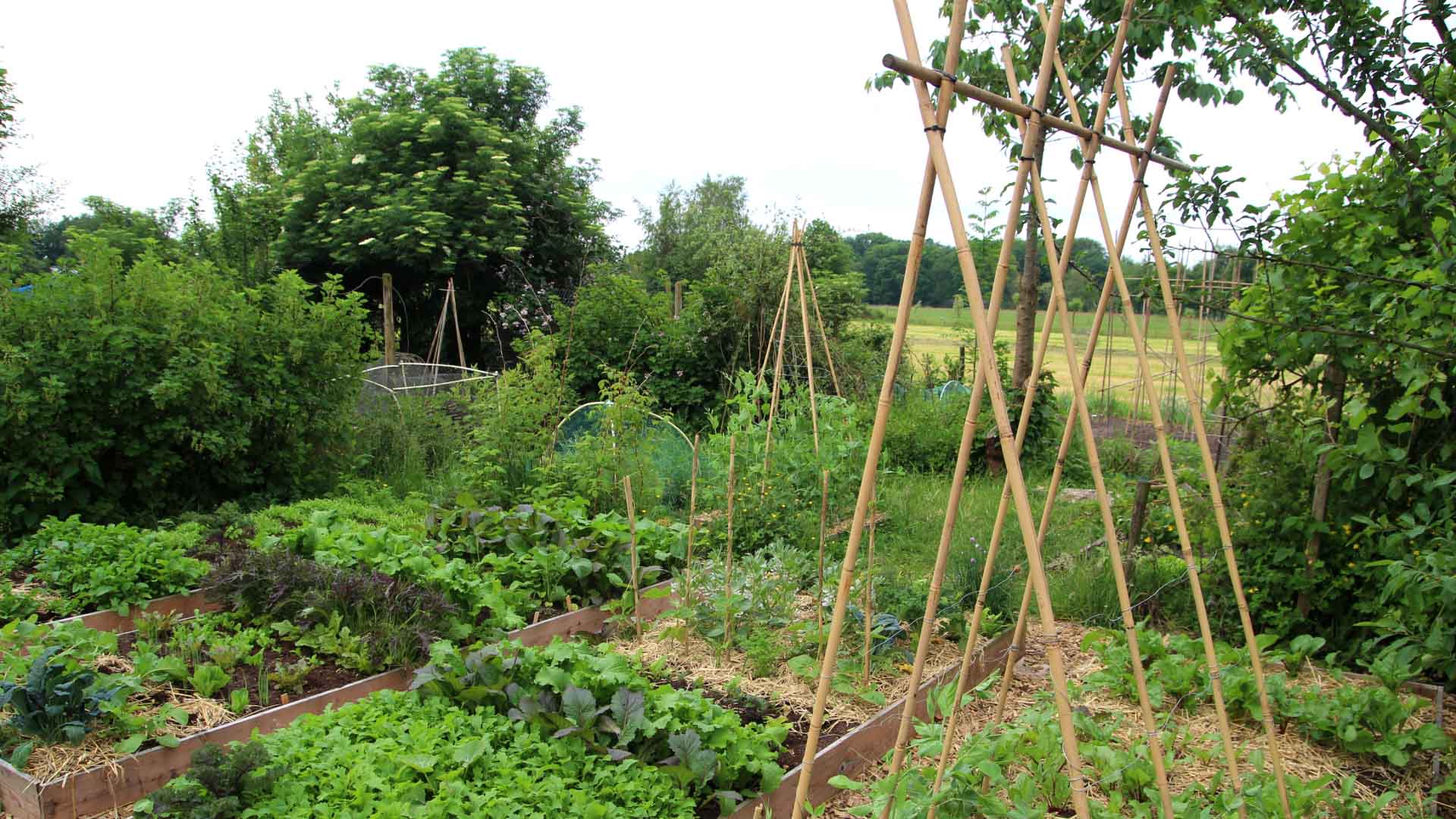
Permaculture is a design approach that seeks to create self-sustaining agricultural ecosystems. It involves the integration of diverse plants and animals to create resilient and regenerative farming systems.
Conclusion
The world of farming is as diverse as the crops it cultivates and the landscapes it spans. Different types of farming are essential for catering to the varied needs of societies, economies and ecosystems. They play a crucial role in providing food security, sustaining natural resources and adapting to evolving challenges such as climate change and urbanization.
As farmers continue to innovate and adapt, the tapestry of agriculture will evolve further, As farmers continue to innovate and adapt, the tapestry of agriculture will evolve further, ensuring the sustainable use of our planet’s precious resources.
